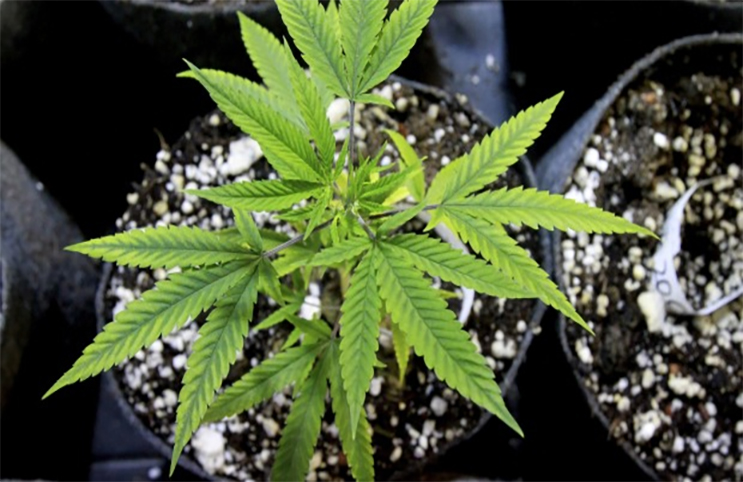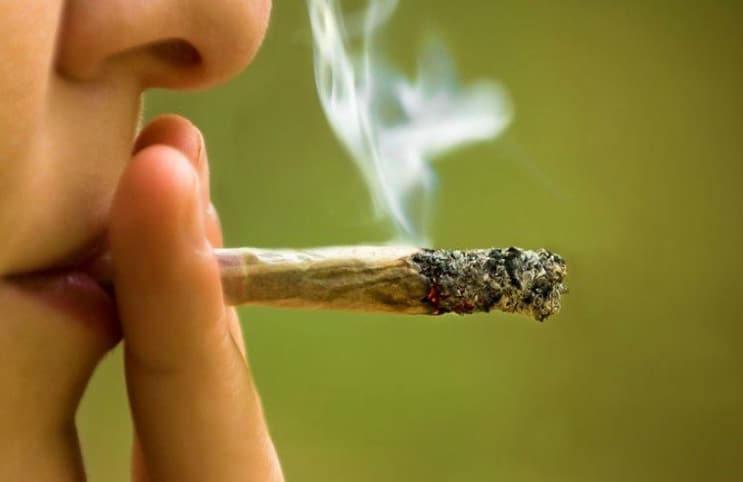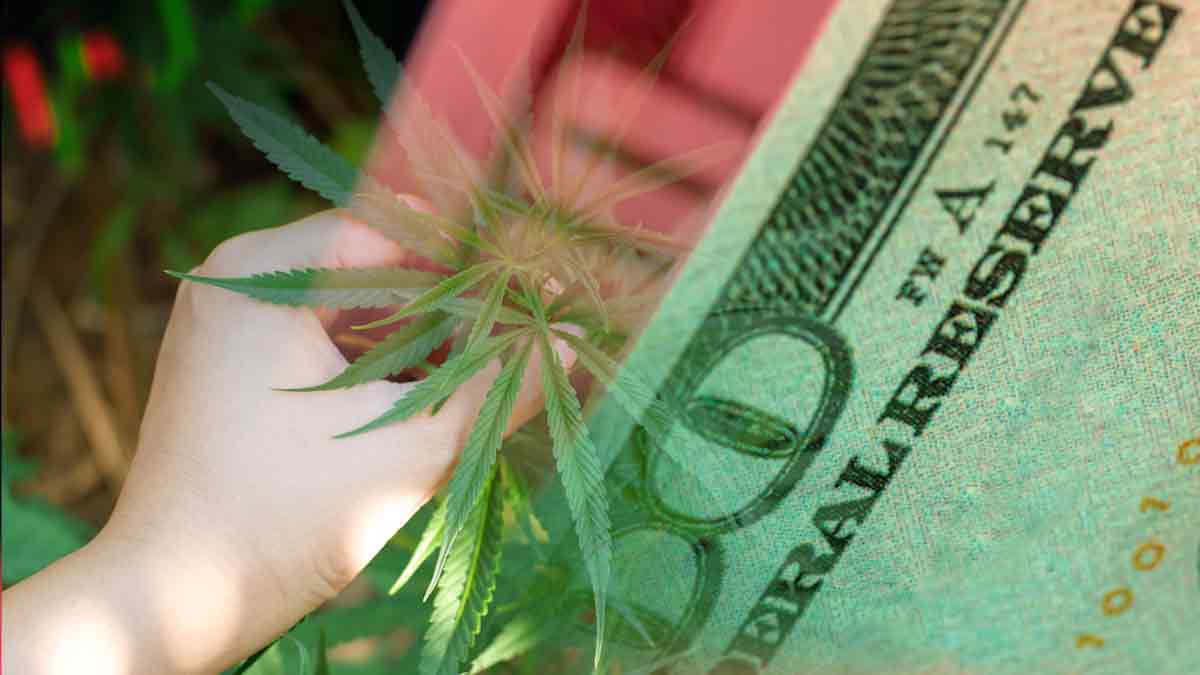New Colorado report describes, in detail, retail pot’s first year
Almost 5 million cannabis-blended edibles and nearly 150,000 pounds of pot flowers were sold in legal Colorado shops and dispensaries in 2014, how ever only 67 of Colorado’s 321 combined jurisdictions allow the sale of medical and recreational cannabis, in reference to an encompassing new information the state released on Friday.
The Marijuana Enforcement Division’s first annual report is one of the most important documents to date in Colorado’s marijuana experiment because it’s the first to give complete, state-sanctioned statistics on what marijuana looked like in its first full year of recreational sales.
“The Marijuana Enforcement Division feels that it is imperative to remain transparent on such a highly publicized issue in Colorado,” Lewis Koski, director of the Marijuana Enforcement Division, released in a statement. “It is the goal of MED to ensure that information of this nature is made available so that the public can fully understand the scope and nature of this newly regulated industry.”
There is still a lot to discover about “the scope and nature” of pot in Colorado. Some numbers that popped out:
Edibles were definitely one of this past years biggest stories, and for valid reason, as 4,815,650 units were moved in the first year of recreational marijuana sales, 1,964,917 units on the medical side and 2,850,733 recreationally.
The figures on cannabis flower sales this past year displayed a still-robust medical market, by generating revenue off 109,578 pounds that were sold, and a expanding recreational market, with 38,660 pounds that were moved.
this is extraordinary insight, the report’s authors say, knowing that recreational edibles control the infused product space however recreational marijuana flowers only makes up almost one-quarter of that area.
“The data reported into the system clearly illustrates a strong demand for edibles in general, but especially for retail marijuana edibles,” the report states.“The edible trend suggests that retail marijuana products are a viable product for retail consumers.
“The retail marijuana product edible trend differs from the sales trend for flowering retail marijuana where the latter only comprised 26 percent of total flowering marijuana sold in pounds. Retail marijuana product edibles accounted for approximately 59 percent of total units of edibles sold in 2014.”
to a certain extent its been somewhat elusive to peg down the total of recreational stores and medical dispensaries are actually selling marijuana in Colorado, but the report gives details that, too. As of December of last year, the state had approved 833 recreational licenses, 322 of which were for marijuana shops other wise known as “retail,” “adult-use” or “21-plus.” The state as well approved 1,416 medical licenses, 505 of which were for medical cannabis dispensaries.
Legalization opponent Kevin Sabet on Friday stated that more than half of Colorado’s jurisdictions don’t allow vending of cannabis of any kind. In reference to the state’s report: Of Colorado’s 321 total jurisdictions, 67 approve medical and recreational dispensing, 21 approve medical-only sales, five green lighted recreational-only sale with 228 against any marijuana sale whatsoever.
“It’s fascinating how the vast majority of places have banned retail and medical outlets outright,” stated Sabet, co-founder of Project SAM as well being director of the Drug Policy Institute at the University of Florida. “People have this impression that everyone in Colorado wants to legalize marijuana, but it comes back to what I’ve said before. Legalization in theory is different then legalization in practice. You might like the tax revenue, but when it comes down to having a store next door to your house, it’s less attractive.”
Legalization advocate Mason Tvert countered by saying the places that allow pot sales are among the most populated areas of the state.
“The population of the localities (not allowing pot sales) in question is far fewer than the places that allow these sales,” stated Tvert, communications director for the Marijuana Policy Project. “If you overlay the map showing the localities that allow marijuana sales over a Colorado map showing the most populated areas of the state, they match up almost perfectly.”
Said Michael Elliott, he is the executive director of the Marijuana Industry Group trade organization: “Kevin Sabet is always going to be looking for something that makes this all seem like a disaster, to make it seem like voters didn’t want this. But the whole point of Amendment 64 was to allow cities and counties to make their own choice of whether they want licensed businesses or not. Grand Junction can’t tell Denver what to do, and Denver can’t tell Grand Junction what to do. Local control is a wonderful aspect of this program, and it’s something that should be celebrated. It’s very democratic.”
A new poll put out Feb. 24 finds 58 percent of respondents in Colorado said they support the pot-legalizing Amendment 64 38% were against the measure.
Looking further inside of the report that the state released reveals a sizable increase with workers being granted licenses to work in the newly founded marijuana industry. A total of 15,992 people have been licensed and permuted to work in Colorado’s marijuana industry as of December 2014 —This figure has more than doubles since January. Almost 150% increase of licenses issued in less than a years time.
Colorado’s Marijuana task force says that it intends to release statistics related to the licenses issued quarterly by 2015.
MAPH Enterprises, LLC | (305) 414-0128 | 1501 Venera Ave, Coral Gables, FL 33146 | new@marijuanastocks.com









